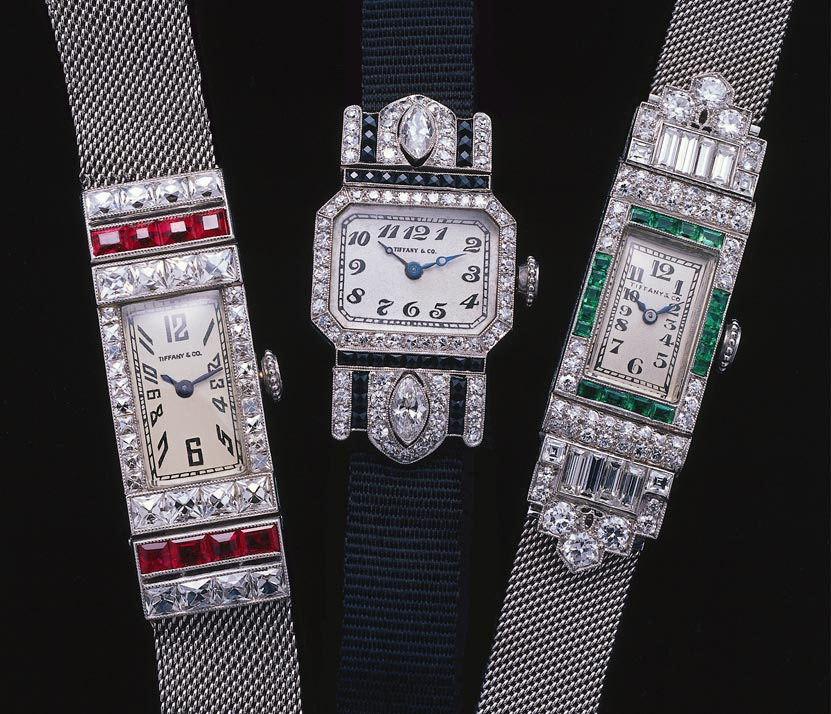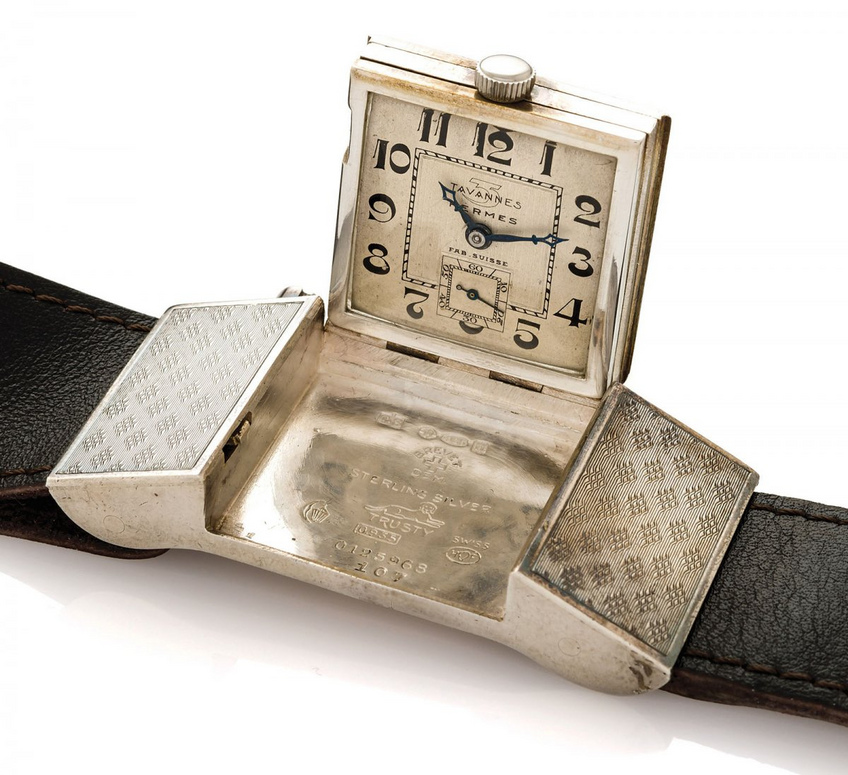

The history of fashion watches 1: from the inter-war period until the 1970s
Chanel, Dior, Gucci, Louis Vuitton. The leading names in the fashion world today have watch collections and are significant actors in the watchmaking industry. It all started in the early 20th century.
Watch aesthetics has always been an essential element of differentiation and competitiveness, even if, originally, their use was to measure time. In the early 20th century, accuracy and design allowed leading brands from the Swiss watchmaking scene to dominate the global market. For instance, Longines used the slogan "Elégantes et précises" (elegant and accurate) to describe its watches during the 1920s. The boom of wristwatches during the interwar period reinforced their aesthetic dimension, turned timepieces into fashion accessories and paved the way to a new market centered on women.

Leading Swiss manufacturers as subcontractors for the fashion industry
The transformation of watches into fashion pieces sparked the interest of the most famous jewelry-makers and tailors in the 1920s and 1930s. Most of them were based in France, Italy and Great Britain and they contacted leading Swiss manufactures to order watches inscribed with their own names.
Cartier is undoubtedly one of the fashion brands that was more actively involved in watch selling at the time. The Parisian jewelry-maker worked, amongst others, with the Le Coultre & Cie manufacture to be able to offer high quality products to its clients. Other famous jewelry-makers, such as American Tiffany (in the 1930s) and Italian Bulgari (from the 1940s), also launched several watch models equipped mostly with IWC movements.

Other fashion and luxury goods manufacturers also branched out into watchmaking. In 1928, Hermès launched its first watch models – the Ermeto, produced by Movado (La Chaux-de-Fonds). Some time later, Hermès turned to other prestigious manufactures such as Vacheron Constantin and Jaeger LeCoultre for its watch production. In the 1930s, British manufacturer Dunhill introduced several models inscribed with the name of their manufacturer, Tavannes Watch.
It should be noted that watch selling was not a strategic decision or a way for jewelry and luxury brands to expand their clientele at the time – that would come later. The first Dunhill or Hermès watches were mostly unique watches, which were produced on request for a privileged clientele. On top of that, the first generation of fashion watches were still seen as secondary accessories that were conceived to be showcased or to feature in advertisements. They did not have an identity as such and were mostly used to enhance the value of these companies' main products; namely clothes, leather goods and jewelry.

Christian Dior: an innovating brand
The traditional fashion watch business model relied on the cooperation among leading names from fashion designing and jewelry-making on the one hand, and Swiss watchmaking manufactures on the other. That continued until the 1960s. Christian Dior was the first company to adopt a serious diversification strategy in relation to fashion accessories, especially watches.
In 1973, accessories made up 27% of the company's turnover and 50% of its profits. These numbers increased to 41% and 45% respectively in 1977. By then, they were no longer secondary objects whose aim was to enhance the value of fashion designing – they had become fundamental in the brand's growth and a major source of profits. Watchmaking was at the heart of the brand’s strategy and, in 1968, Dior launched its first watch collection with the initials "CD". It was produced by a Swiss subsidiary company belonging to American giant Bulova. The supplier remained Swiss but the pieces followed the style of and were signed by fashion manufacturers. Other models followed in the early 1970s, each one sporting designs that hinted at the brand’s identity, such as a futuristic case or a vertical line across the dial. The licensed production continued until the purchase by Bernard Arnault of the Parisian fashion designing maison and LVMH’s reorganization of all activities related to the production of watchmaking accessories in the late 1980s.

Dior gained thus a reputation for being innovative in watchmaking and fashion. It was the first fashion designing company to take watches a step forward, beyond being an accessory produced in limited editions by prestigious manufactures for some fortunate clients. Nowadays, watches have become mass consumer items and they brought Dior the chance to start a democratization strategy as a brand, to expand its sales and to increase its profits. However, Christian Dior has maintained a classic approach to its industrial organization. Indeed, the brand still sub-contracts its watch production to existing watchmaking companies, a practice that started in the early 20th century.




